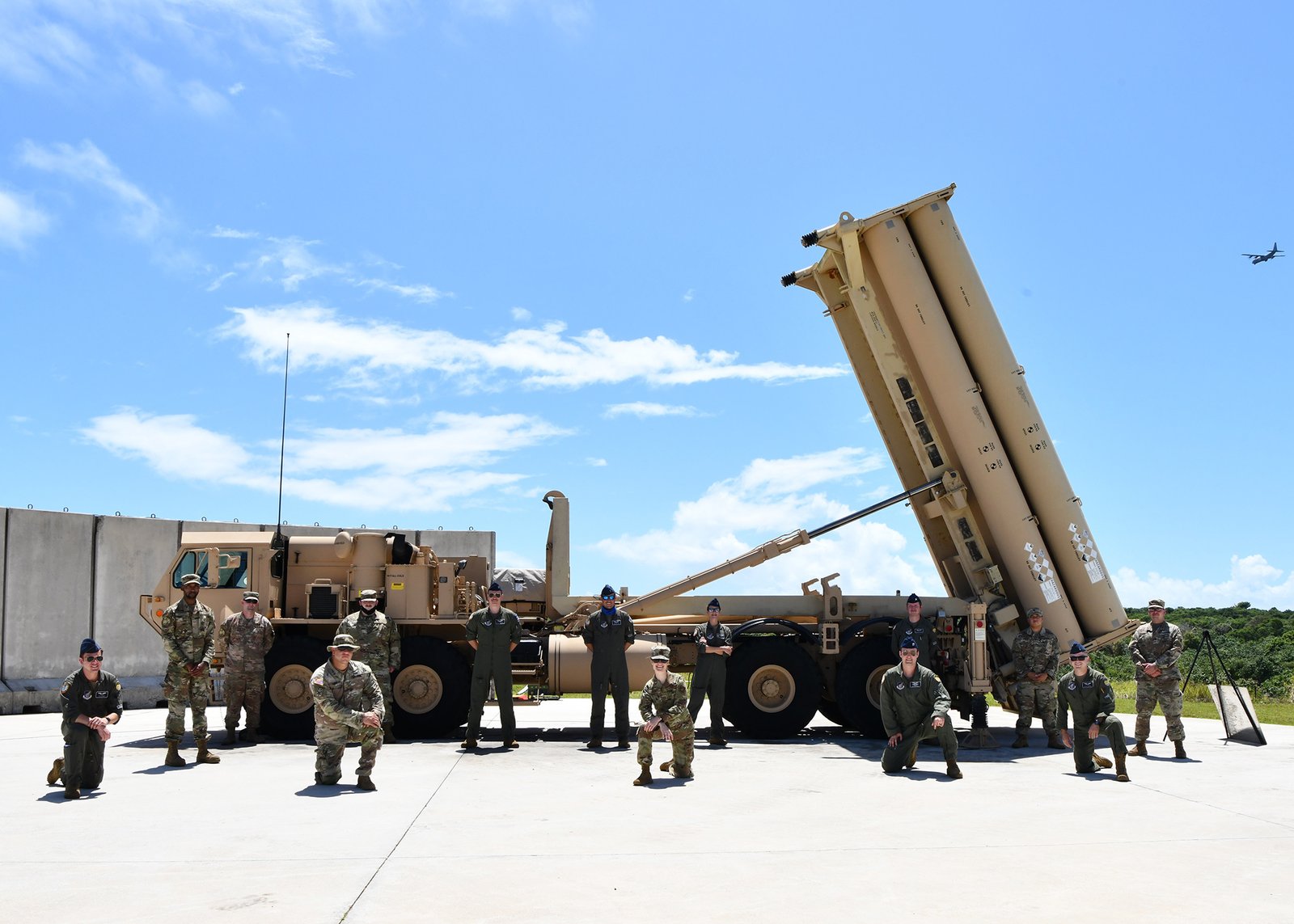The U.S. military is reducing the number of missile defense sites it intends to put on Guam, cutting the previous proposal of 22 down to 16 locations. The revised plan calls for splitting the various systems across three bases on the island,with the goal of 360-degree defense from aerial munitions.
The scaled-back plans come from a draft environmental impact report released by the Missile Defense Agency on Friday, Oct. 25. As recently as this spring, the military intended to build up radar and interceptor systems across 21 locations owned by the Department of Defense, plus one privately owned site. That was revised following a summer feedback period by the public, but the new environmental impact statement doesn’t explicitly say why six locations were cut. Now the plan, first reported on by Reuters, outlines a plan to use the 16 locations to track and take out missile and air threats.
The island, given its location in the Pacific close to China, has become a central part of U.S. military strategy in the region. The U.S. is working to revive several installations used in past conflicts, including World War II airfields, but Guam remains important, given its status as a home for American submarines and bomber planes. Meanwhile China’s DF-26 Intermediate-Range Ballistic missiles have a range that can strike the island.
The now-16 planned missile defense sites would be set up on the three military installations already on Guam. Eight would be located on Naval Base Guam, six would be at Andersen Air Force Base and the last two would be set up at Marine Corps Base Camp Blaz. The MDA described the system as a combination of “missile defense radars, sensors, missile launchers and missile interceptors, and command and control systems.”
Subscribe to Task & Purpose today. Get the latest military news and culture in your inbox daily.
“Current U.S. forces are capable of defending Guam against regional ballistic missile threats,” the Missile Defense Agency noted in its filing. “However, regional missile threats continue to increase and advance technologically. The U.S. Indo-Pacific Command identified a requirement for a 360-degree [Enhanced Integrated Air and Missile Defense]capability on Guam as soon as possible to address the rapid evolution of adversary missile threats.”
The need for rapid air defense has become a major part of U.S. strategy. The defense plans for Guam have been in the work for years, including the interceptor systems, but ongoing conflicts in the Red Sea and Ukraine have highlighted the dangers posed by conventional missiles and asymmetric drone attacks. The U.S. military has spent much of the last year responding to the threat of ballistic missiles and one-way attack drones, committing extensive resources to provide anti-air defenses to allies and commercial ships in the region.
As a draft environmental impact report, the plan still facing public feedback; the comment period runs through Jan. 8, 2025.

